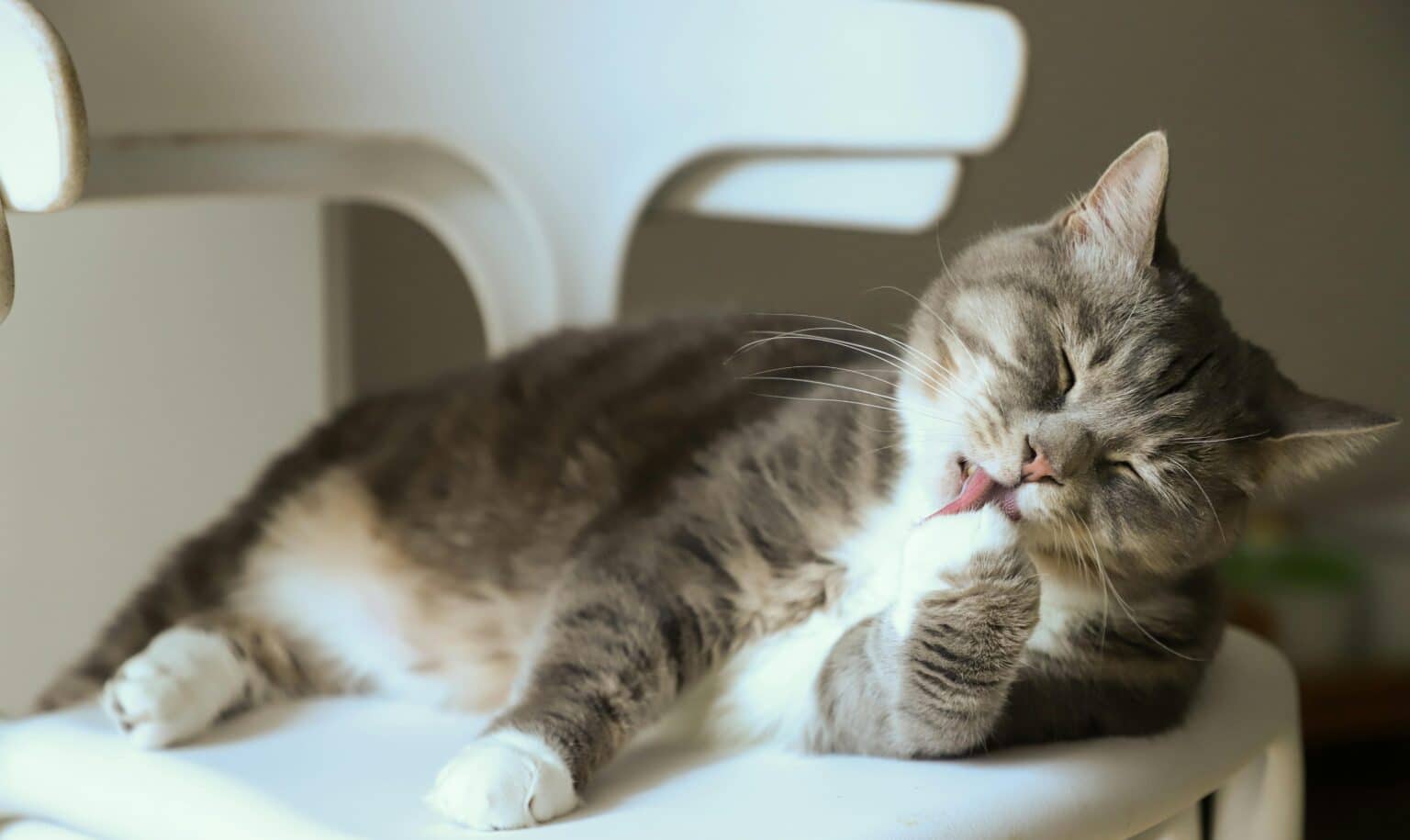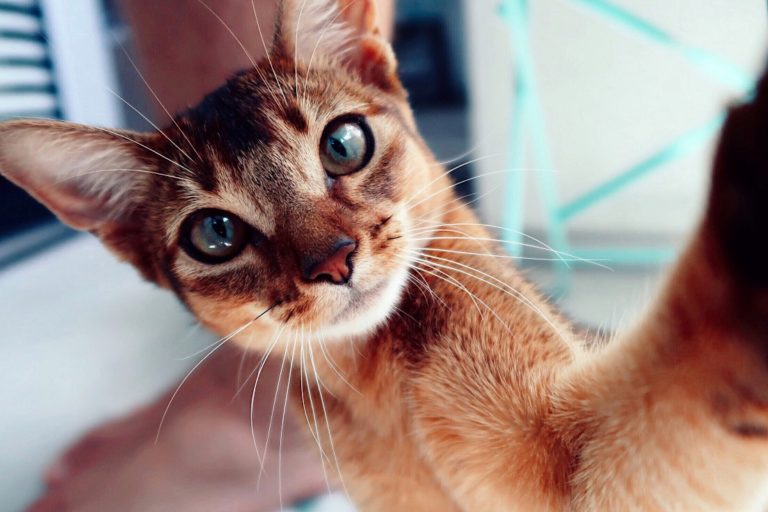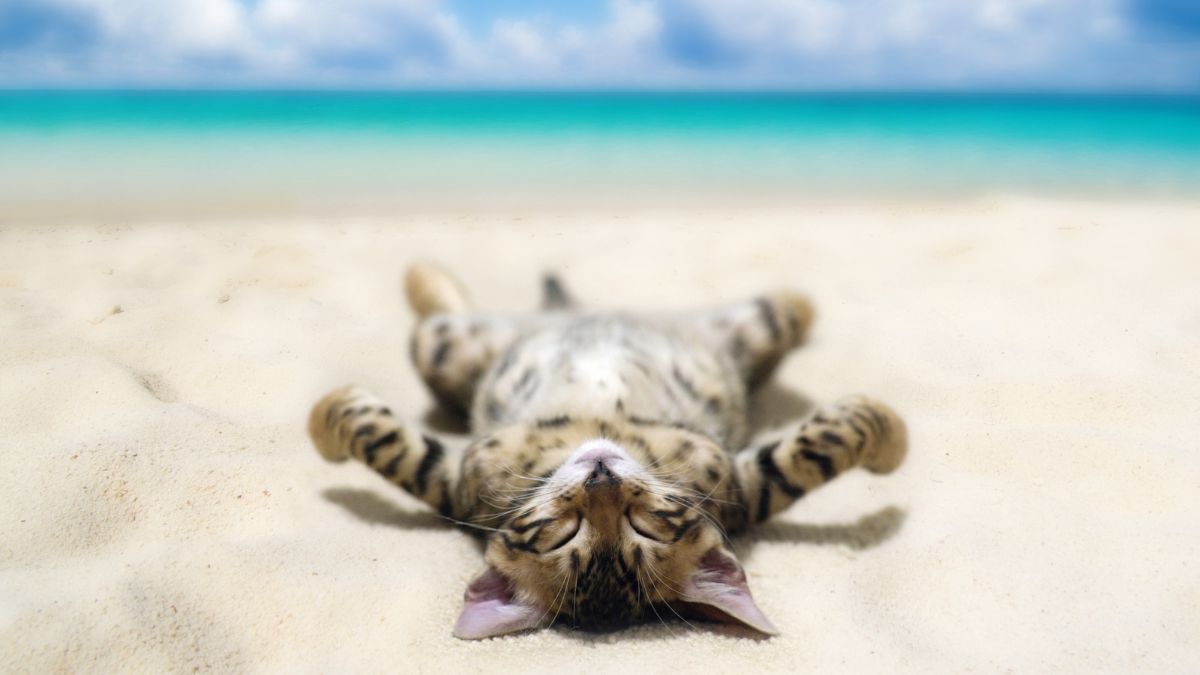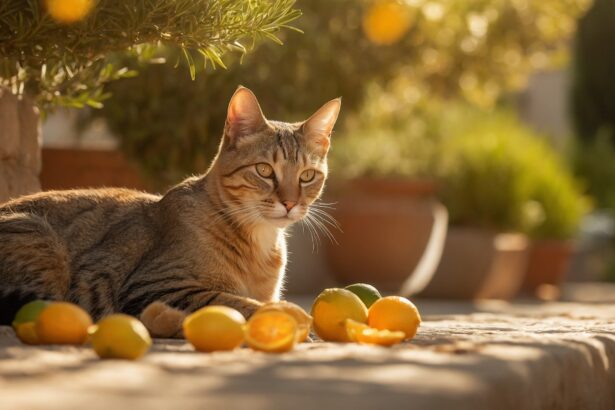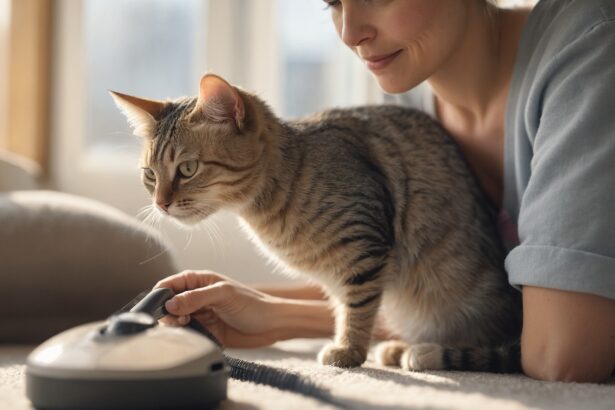The curious butt-wash after cuddles: what’s going on?
You’re petting your cat, she melts like butter… then stops to wash her rear with great determination. Rude? Not at all. It’s classic cat etiquette, and your little queen has her reasons.
- The curious butt-wash after cuddles: what’s going on?
- A comfort-and-cleanliness reflex
- Scent matters: rebalancing her smell
- Overstimulation or an itchy spot
- How to pet so the grooming stays happy—not anxious
- When a quick tidy-up becomes a red flag
- Common mistakes to avoid (and what to do instead)
- Feline grooming: a tiny marvel up close
- FAQ
Most often, that quick grooming is about comfort, scent, and a dash of feline protocol. Think of it as her way to reset and feel perfectly “herself” again.
A comfort-and-cleanliness reflex
Cats are meticulous groomers. After you touch them, a swift wash helps smooth fur, remove loose hairs, and settle the skin. It’s soothing—like a mini spa session to rebalance body and mind.
Bonus: grooming releases feel-good chemicals, which is why many cats do a few licks right after affection. It’s their cozy exhale.
Scent matters: rebalancing her smell
Your hands carry their own scent, even after washing. By grooming, your cat reasserts her personal perfume, which anchors her in her territory. It’s not a snub; it’s self-care.
Surprising fact: cats have powerful scent glands—on cheeks, paws, and near the base of the tail—so a post-pet wash helps “rearrange” this delicate perfume orchestra. If you’ve noticed that confident tail lift during petting, you’ll love reading about why cats raise their behinds.
Overstimulation or an itchy spot
The base of the tail is a very sensitive zone for many cats. A few strokes can feel great; too many can tip into overstimulation. A quick groom is her way to self-soothe or scratch an itch without nails.
Watch for signs like skin rippling, tail twitching, or sudden turning of the head—these are polite “that’s enough, please” messages.
How to pet so the grooming stays happy—not anxious
Read the “enough” signals
- Loose, slow tail = relaxed. Whippy or slapping tail = time to pause.
- Forward ears and soft blinks = yes, please. Flattened ears or head turning away = take a break.
- Slow licks are fine; frantic licking or biting at fur = overstimulated.
Where to scratch, where to skip
- Safer bets: cheeks, chin, forehead, behind the ears, shoulders.
- Proceed gently: along the back in short, slow strokes.
- Often sensitive: belly and the base of the tail—keep sessions brief and watch her feedback.
Practical tip you’ll love
Before cuddle time, wash hands with fragrance-free soap, let her sniff, then try “3-stroke sets”: three slow strokes, pause, read her body, repeat. This pattern respects her threshold and often reduces that immediate butt-wash reset. If she starts kneading mid-cuddle (bread-making mode), here’s what that sweet ritual can mean: why cats knead.
When a quick tidy-up becomes a red flag
A brief clean is normal. But keep an eye on changes in intensity or frequency.
- Bald patches, redness, or broken skin.
- Persistent scooting, strong odor, or swelling near the rear.
- Sudden hypersensitivity to touch or irritability during petting.
These can signal anal gland issues, allergies, parasites, or pain. A vet check is the kindest next step.
Curious about how their coat keeps that cozy, clean smell? Dive into why cats smell so good for the gentle science behind it.
Common mistakes to avoid (and what to do instead)
- Don’t chase or scold when she stops to groom. She’s not rejecting you; she’s self-regulating. Wait a moment, then offer your hand for a sniff and start fresh.
- Avoid strong perfumes and essential oils on your skin or her coat. They disrupt her scent map and may irritate her skin. For more on feline olfaction, see this overview on their extraordinary sense of smell.
- Skip scented wipes on her rear unless advised by your vet. Fragrances can cause irritation. If cleaning is needed, ask your vet for safe, unscented options.
The easy win
End cuddle time with a one-minute brush using her own brush. It redistributes her scent, collects loose hair, and often prevents that urgent post-pet wash. If she responds by licking you back, here’s what she might be saying: why cats lick us.
Feline grooming: a tiny marvel up close
- Those tongue “sandpaper” barbs are tiny hooks that wick saliva deep into fur—like a built-in comb.
- Many cats devote a big chunk of their awake time to grooming; it’s vital for comfort, thermoregulation, and bonding.
- Cats often groom the exact spot you just touched—your scent goes on, then hers goes back over it. It’s personal branding, feline-style.
Bottom line? Now that you know why cats wash their behinds when you pet them, you can pet with more empathy, pause sooner, and celebrate her little rituals instead of worrying about them.
FAQ
Why does my cat clean her rear right after I pet her?
She’s rebalancing her scent and soothing sensitive skin. It’s a normal reset, not a rejection.
Is this behavior a sign of stress?
Sometimes. Quick, calm grooming is typical; frantic licking or body tension can signal overstimulation. Pause and try gentler spots.
Which areas should I avoid to reduce the butt-wash reflex?
Limit belly and base-of-tail strokes. Focus on cheeks, chin, and between the ears, with short, slow sessions.
When should I see a vet about post-petting grooming?
If you notice bald spots, redness, scooting, strong odor, or sudden sensitivity, book a check-up to rule out medical causes.


